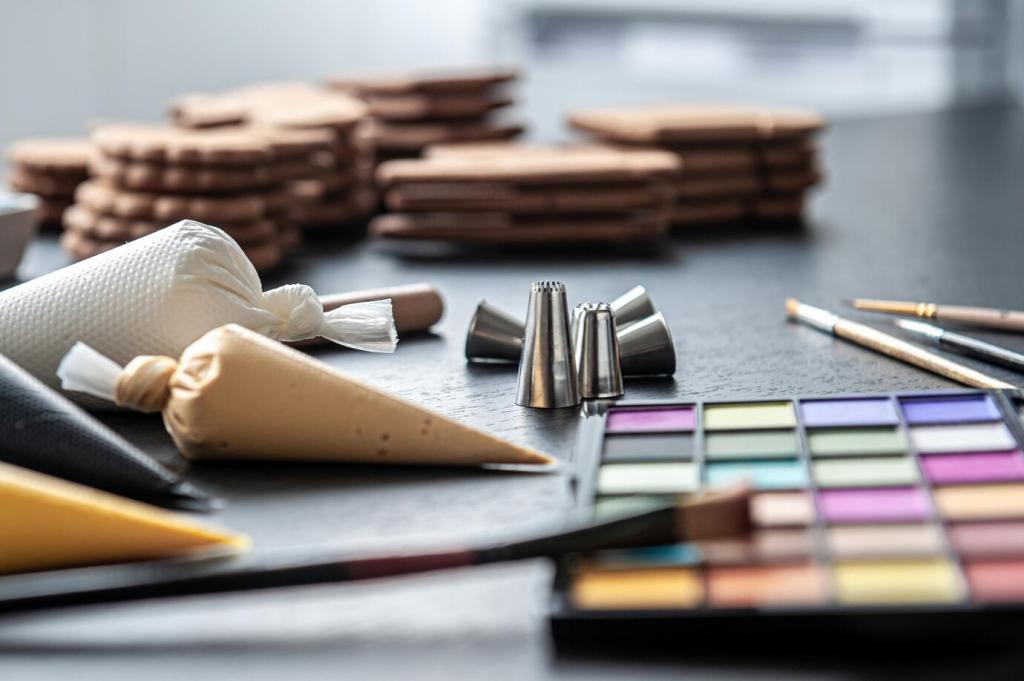Provenance, Craft, and Credible Storytelling
“Turned in a third-generation workshop in Veneto” is stronger than “artisan-made.” Cite processes: kiln schedules, hand-loom densities, FSC certifications. Explain why these choices matter in daily use. Ask readers which craftsmanship details help them decide—durability, sustainability, or repairability—and shape future copy accordingly.
Provenance, Craft, and Credible Storytelling
Explain why European oak was selected over acacia, or why powder-coated steel resists coastal air. Give maintenance truths, not fantasies. When readers sense candor, they subscribe for more. They return because your descriptions become a design education, not a brochure disguised as a blog.


